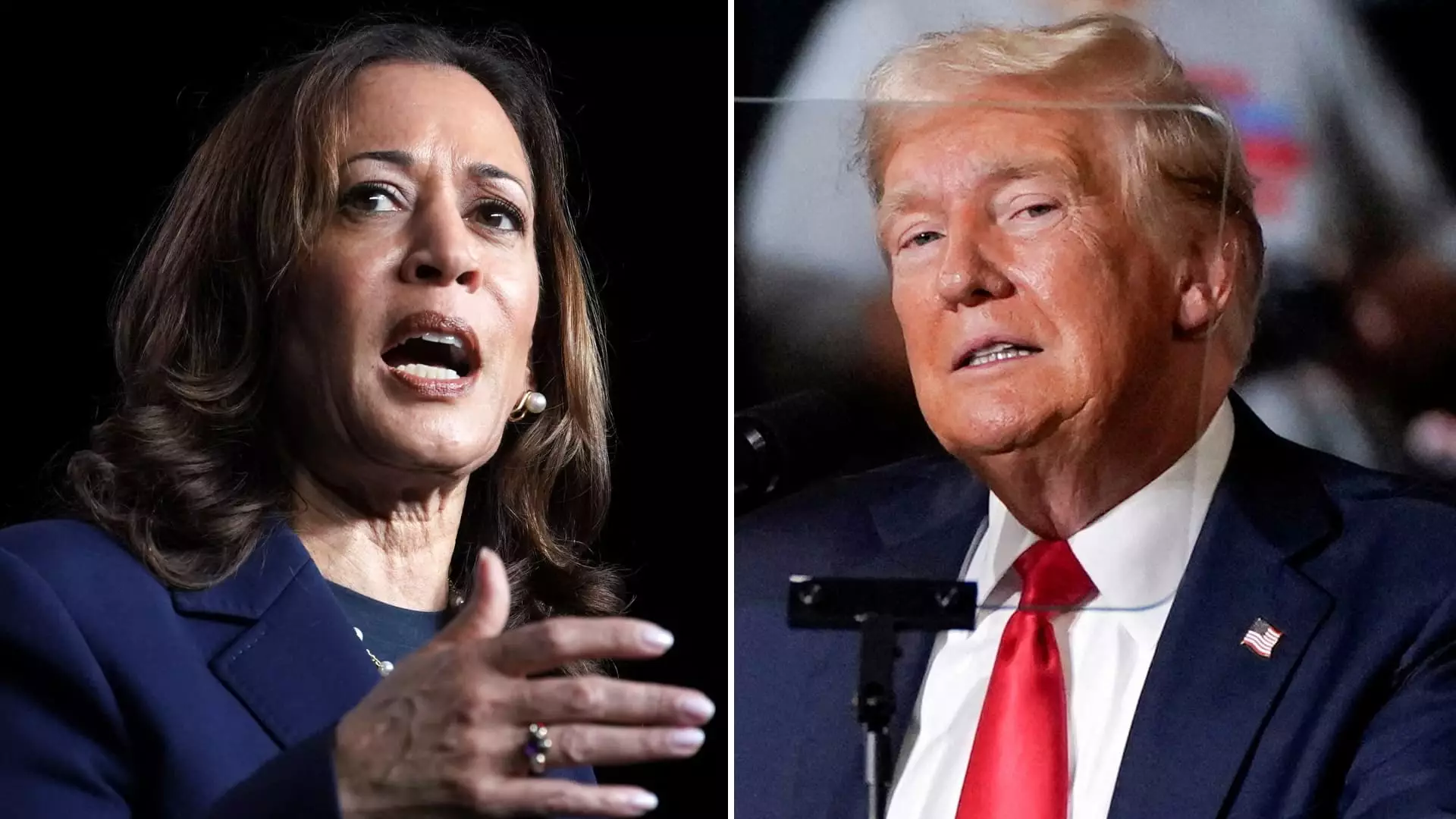As the race for the White House intensifies, former President Donald Trump and Vice President Kamala Harris have unveiled their economic agendas, with tax changes taking center stage. The Tax Cuts and Jobs Act (TCJA), enacted by Trump, is set to expire after 2025, potentially leading to higher taxes for more than 60% of taxpayers in 2026 if extensions are not put in place. Key provisions such as lower federal income tax brackets, a higher standard deduction, and more generous estate and gift tax exemptions are at stake.
Despite criticisms from Democrats on certain elements of the TCJA, both parties are expected to come together to extend trillions in tax cuts. Andrew Lautz, associate director for the Bipartisan Policy Center’s economic policy program, highlights the disparity between political rhetoric and the looming policy decisions that will need to be made. While negotiations are likely to be challenging due to concerns about the federal budget deficit, it is crucial for both parties to find common ground on tax policy.
President Trump aims to preserve the individual and business tax cuts implemented through the TCJA. He has promised “big tax cuts for families and small businesses” and intends to continue these tax breaks if re-elected. Additionally, Trump has proposed sweeping tariffs, particularly targeting Chinese goods, which could impact the average after-tax U.S. household income significantly by 2025.
Vice President Harris, on the other hand, has not directly addressed the extensions of TCJA provisions in her campaign. However, her economic plan includes measures to increase the corporate tax rate to 28% from the current 21%, which could potentially reduce the deficit by $1 trillion over a decade. Harris has also proposed an expanded child tax credit worth up to $6,000 for families with newborn children, showcasing her focus on supporting working families.
Both Trump and Harris have floated the idea of eliminating income tax on tip income, a move that has received mixed reactions from experts. While some believe it could lead to administrative hurdles and potential abuse, others see it as a way to support workers in the service industry. Additionally, Trump has called for no taxes on Social Security income, recognizing its importance as a key issue for voters in the upcoming election.
Ultimately, tax law changes proposed by both candidates will need approval from Congress, raising concerns about the feasibility of implementing these policies based on future House and Senate control. The Harris campaign’s focus on revenue-raising measures and Trump’s emphasis on tariff policies highlight the contrasting approaches to addressing the budget deficit.
The upcoming election will be pivotal in shaping the future of tax policy in the United States. The differing stances of Trump and Harris on key tax issues underscore the importance of carefully evaluating these proposals and their potential impact on the economy and individual taxpayers. As voters prepare to cast their ballots, understanding the intricacies of each candidate’s tax agenda will be essential in making an informed decision on the direction of tax policy in the years to come.


Leave a Reply